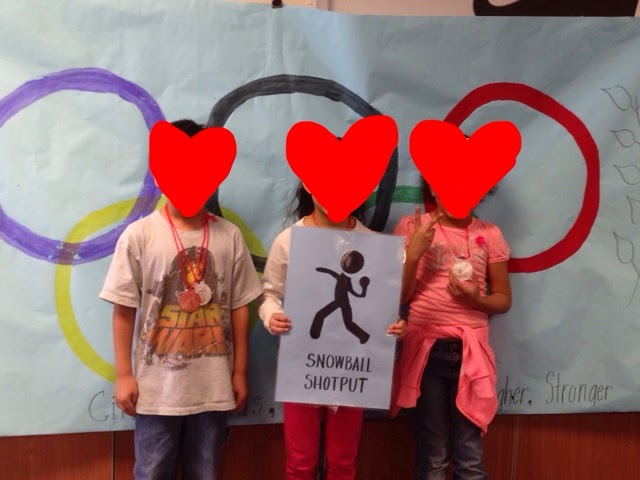So what does every great teacher go when stuck? Yes, that's right...Pinterest! Now one of the things that I get really excited about is taking an idea or lesson that is in no way appropriate for my firsties and finding a way to make it work...not just work but get amazing results. It's like the ultimate challenge for me. I LOVE it when someone says, "Oh, this probably won't work for your first-graders." Wwwhhhhaaatt??? Bring it on!!
Anyways...I found this blog post for MIDDLE SCHOOL (challenge!!!) called Text Mapping. This blew my mind! How had I never seen this? Probably because it was labeled Middle School. Well, here's the general idea. Take the informational text that you are using in your classroom. Remember, the ELA/ELD Framework (an awesome document to dive into if you haven't already done so) suggests that in order for our students to be broadly literate, we need to be reading a mixture of half literature and half informational text. So there will be tons of opportunities to use this strategy! Back to it... make a copy of each page of the informational text that you are using. Make sure that your informational text is using the text features that you are wanting to highlight. The students are going to be using these text copies to make a "map" of their text. OOOOO! I just got an idea! Wouldn't it be fun to make everyone a little pirate hat and eye patch to wear while they are doing this. Do you get it.... treasure map....text map??
The idea is that you will introduce the text feature that you are teaching with your text. For example, I will use my shark book to introduce the idea of headings. We will walk through the book looking for headings and figuring out how those headings help by inspecting the text on the page and looking for connections. After an introduction has been made and a fun little hand movement has been added to help our kinesthetic learners, we will then move into the Text Map.
Put your students into groups of 4 or 5. Their first task will be to glue the text into their map. They glue the pages together horizontally. Next up, the students work together to find each heading they can on their map. They highlight each heading and label them. It might also be fun to add a treasure chest that you copied on sticker paper or maybe a coin to mark these text features.
After they hunt down all of the headings, the next step is to create their own. This summer we were creating a book about deserts. Yes, can you imagine, four long weeks about deserts. By week 2 I had to use creative words to introduce the topic of deserts or be met with groans at the hated d-word. However, we were going to get this book done and make it as fun and meaningful as possible. We went into the pages that we had started writing and brainstormed possible headings for each page. This part was a bit tricky for my firsties, but the point is to experience how headings work. And I think that they really started to get the purpose and how to use these text features.
Even better, I would say that we were going to work on our text maps and I would be met with cheers! Hooray! I can't wait to try this strategy out with my class this year and see what amazing learning comes from this hands-on activity? How do you like to teach text features? Let me know!
The idea is that you will introduce the text feature that you are teaching with your text. For example, I will use my shark book to introduce the idea of headings. We will walk through the book looking for headings and figuring out how those headings help by inspecting the text on the page and looking for connections. After an introduction has been made and a fun little hand movement has been added to help our kinesthetic learners, we will then move into the Text Map.
Put your students into groups of 4 or 5. Their first task will be to glue the text into their map. They glue the pages together horizontally. Next up, the students work together to find each heading they can on their map. They highlight each heading and label them. It might also be fun to add a treasure chest that you copied on sticker paper or maybe a coin to mark these text features.
After they hunt down all of the headings, the next step is to create their own. This summer we were creating a book about deserts. Yes, can you imagine, four long weeks about deserts. By week 2 I had to use creative words to introduce the topic of deserts or be met with groans at the hated d-word. However, we were going to get this book done and make it as fun and meaningful as possible. We went into the pages that we had started writing and brainstormed possible headings for each page. This part was a bit tricky for my firsties, but the point is to experience how headings work. And I think that they really started to get the purpose and how to use these text features.
Even better, I would say that we were going to work on our text maps and I would be met with cheers! Hooray! I can't wait to try this strategy out with my class this year and see what amazing learning comes from this hands-on activity? How do you like to teach text features? Let me know!










